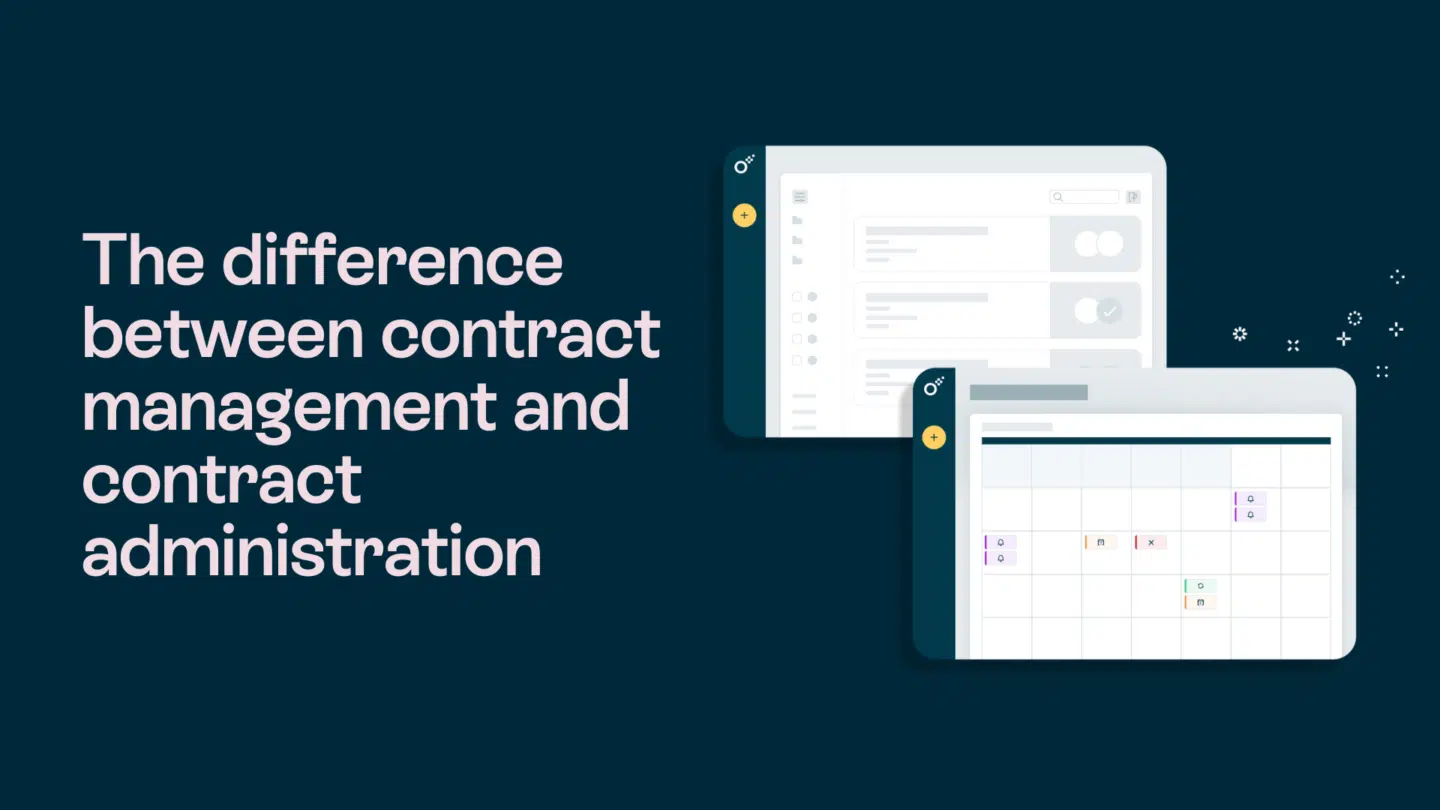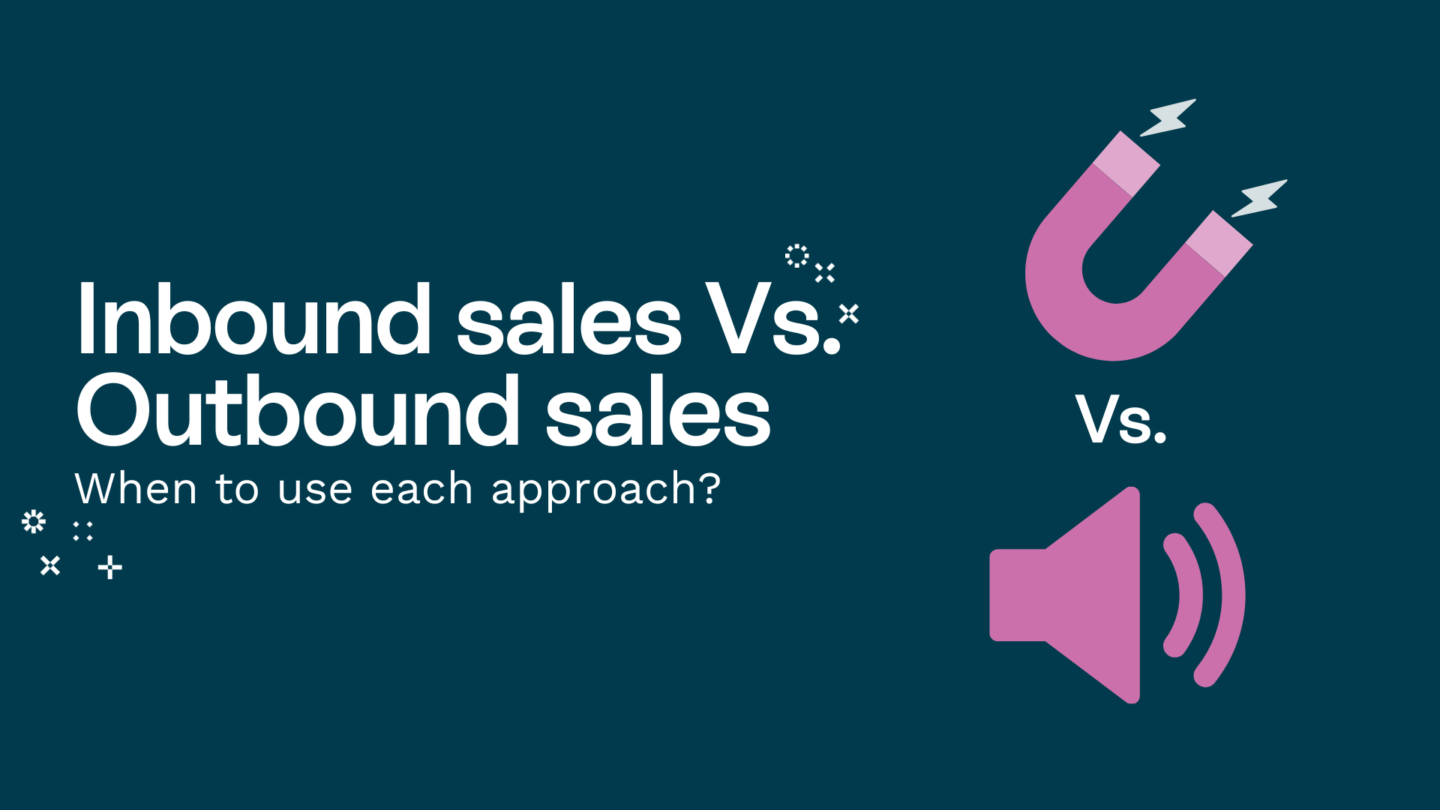Partnerships and collaborations are part of our everyday. When two or more parties come together to work towards a common goal, it is crucial to establish clear guidelines and expectations. One way this is accomplished is through an audit agreement.
This article will dive into the details of an audit agreement, examining its definition, purpose, key elements, types, creation process, and challenges.
The basics of an audit agreement
An audit agreement is a legally binding document that outlines the terms and conditions of an audit. It establishes a framework for how an audit will be conducted and provides clarity on the roles, responsibilities, and rights of each party involved.
When entering into an audit agreement, it is crucial to have a clear definition of what an audit means. An audit is a systematic examination and evaluation of an organization’s financial records, processes, and controls. It aims to determine the accuracy, completeness, and reliability of the financial information presented.
The purpose of an audit agreement goes beyond defining the audit process. It acts as a important tool for ensuring transparency, accountability, and fairness. By clearly outlining the scope of the audit, the agreement helps both the auditors and the auditees understand their respective roles and responsibilities.
One of the key reasons why an audit agreement is important is that it sets expectations for the audit process. It provides a roadmap for both parties involved, ensuring that everyone is on the same page regarding the objectives, timelines, and deliverables of the audit.
An audit agreement can also help reduce potential disputes and misunderstandings. By clearly defining the rights and obligations of each party, it decreases the risk of disagreements during the audit process. This not only saves time and resources but also fosters a smooth and efficient audit.
An audit agreement can address confidentiality and data protection concerns. It can include clauses to protect sensitive information and ensure that it is handled securely during the audit. This helps build trust between the auditors and the auditees, as confidentiality is crucial in maintaining the integrity of the audit process.
An audit agreement can also specify the reporting requirements and communication channels between the auditors and the auditees. This ensures that the audit findings and recommendations are effectively communicated and understood by all relevant stakeholders. It also allows for timely resolution of any issues that can appear during the audit.
Read also: What are digital contracts?

Key elements of an audit agreement
An agreement that clarifies an audit is a vital document that outlines the terms and conditions of an audit engagement. It acts as a guiding framework for both the auditee and the auditor, creating a smooth and effective audit process. Let’s delve deeper into the key elements that make up an audit agreement.
Parties involved in an audit agreement
An agreement that clarifies an audit typically involves two main parties: the auditee and the auditor. The auditee refers to the organization being audited, which can be a company or a government agency. On the other hand, the auditor is the organization responsible for organizing the audit. It is important to clearly define the roles, responsibilities, and communication channels for both parties to avoid any confusion during the audit.
The auditee’s role is to provide the necessary information, access to documents, data, and personnel required for the audit. They should also ensure cooperation and transparency throughout the process. The auditor, on the other hand, should carry out the audit in accordance with professional standards and ethical guidelines. They should maintain independence, objectivity, and confidentiality while performing their tasks.
Scope of the audit
The scope of the audit defines the boundaries and the extent of the audit engagement. It specifies the areas that will be examined during the audit. The scope can vary depending on the nature of the audit and the objectives set by the auditee. For example, in a financial statement audit, the scope may focus on verifying the accuracy and completeness of financial records.
A well-defined scope ensures that the audit focuses on the relevant areas and provides valuable insights. It helps both the auditee and the auditor to have a clear understanding of what will be covered during the audit. This clarity is neccesary to avoid any misunderstandings or arguments later on.
Responsibilities and rights of each party
The agreement that clarifies an audit should outline the specific responsibilities and rights of each party involved. This section of the agreement is crucial in creating a strong foundation for the audit process. It helps to ensure that both the auditee and the auditor are aware of their obligations and entitlements.
The auditee’s responsibilities can include providing access to necessary documents, data, and personnel. They may also be responsible for facilitating the auditor’s work by setting up meetings, interviews, or site visits. Alternatively, the auditor’s responsibilities include carrying out the audit with neccessary professional care, competence, and independence. They should also maintain the confidentiality of the information gotten during the audit.
The audit agreement should also clearly define the rights of each party. For example, the auditee has the right to receive a clear and comprehensive audit report, highlighting the findings and recommendations. The auditor, however, has the right to access all relevant information and to communicate directly with the auditee’s management.
Read also: Creating an effective contract database

Types of audit agreements
Here are some common types of audit agreements:
Internal audits
An internal audit agreement is struck between the auditee and an internal audit function within the organization. It helps build independent evaluations of internal controls, risk management, and compliance to make sure the organization operates effectively and efficiently.
External audits
External audit agreements are made between companies and independent auditing firms. These agreements include the examination of financial statements and other aspects to provide an unbiased opinion on the fairness and accuracy of the organization’s financial position.
How to create an audit agreement?
Let’s dive into the process of creating an audit agreement:
Preparing for an audit
Before drafting the audit agreement, thorough preparation is essential. This includes identifying the objectives, determining the scope, and gathering relevant information to be included in the agreement. The auditee should also review any applicable regulations or standards that need to be considered.
Drafting the agreement
During the drafting stage, careful attention to detail is key. The agreement should be clear, concise, and cover all necessary aspects. It should outline the objectives, scope, timeline, deliverables, communication protocols, fee structure, and any other relevant details that need to be addressed.
Finalizing and signing an audit agreement
Once the initial draft is prepared, both parties should review the agreement carefully. Any necessary revisions or modifications should be made to ensure accuracy and alignment with the agreed-upon terms. After all parties are satisfied, the audit agreement can be signed, officially starting the audit process.
Read also: 5 best practices of AI in contract management: Top tips for 2023

Potential challenges and solutions in audit agreements
Let’s go through some potential challenges and how to solve them:
Common issues in audit agreements
Several challenges can come up during the course of an audit agreement. Ambiguity in the scope, lack of cooperation from the auditee, changes in circumstances, or inadequate resources can hinder the smooth execution of the audit. It is crucial to identify potential challenges and address them proactively to avoid any disruptions or delays.
Use these free business templates with Oneflow
Strategies to overcome challenges
To overcome challenges during an audit agreement, open and regular communication between both parties is vital. Maintaining a collaborative approach, setting realistic expectations, and being flexible can help navigate unforeseen circumstances. Additionally, setting up a a way to resolve disputes, such as arbitration or mediation, can provide a structured approach to resolving conflicts.
The key takeaways
An audit agreement plays a important role in ensuring transparency, accountability, and efficiency in the auditing process. By clearly defining the roles, responsibilities, and expectations of both parties, an audit agreement offers the necessary framework for a successful audit. By understanding the basics, key elements, types, creation process, and potential challenges in audit agreements, organizations can carry out audits with confidence.








